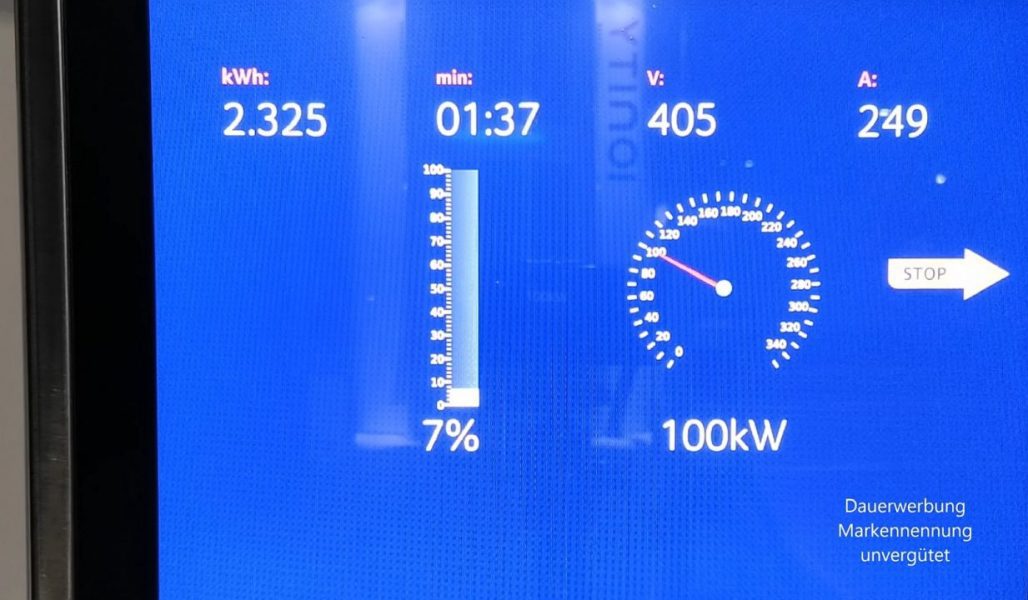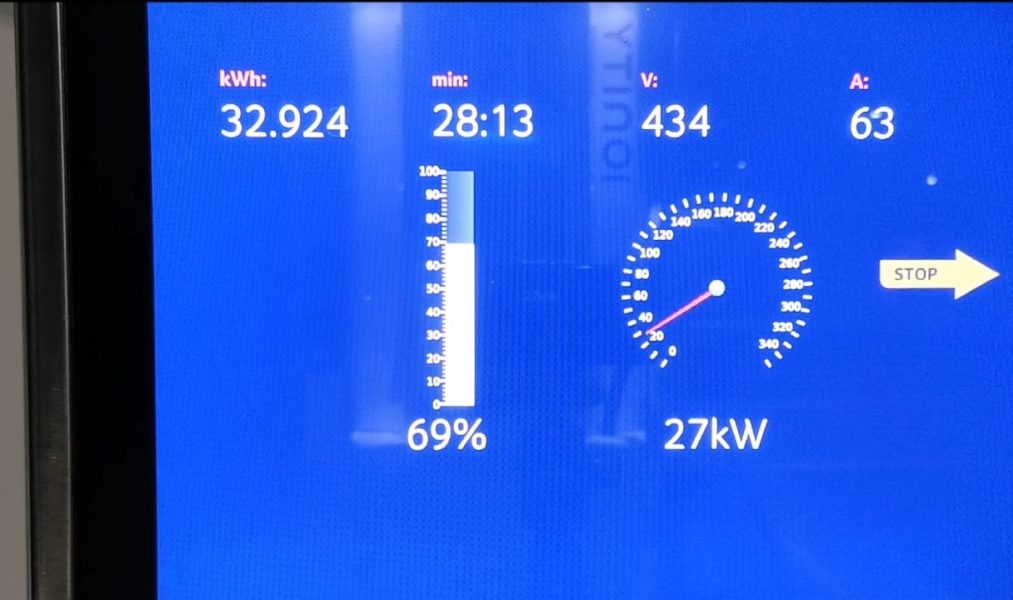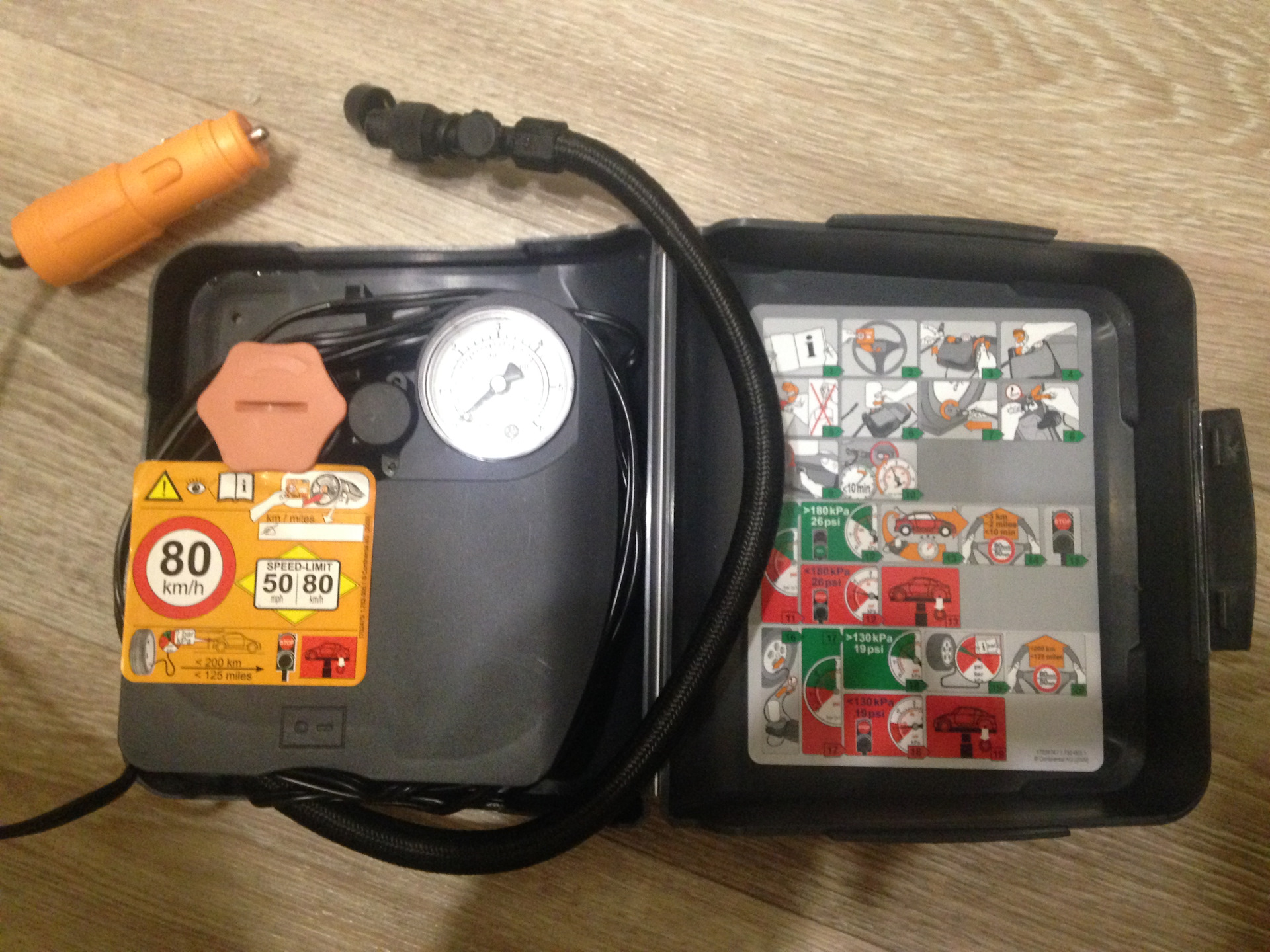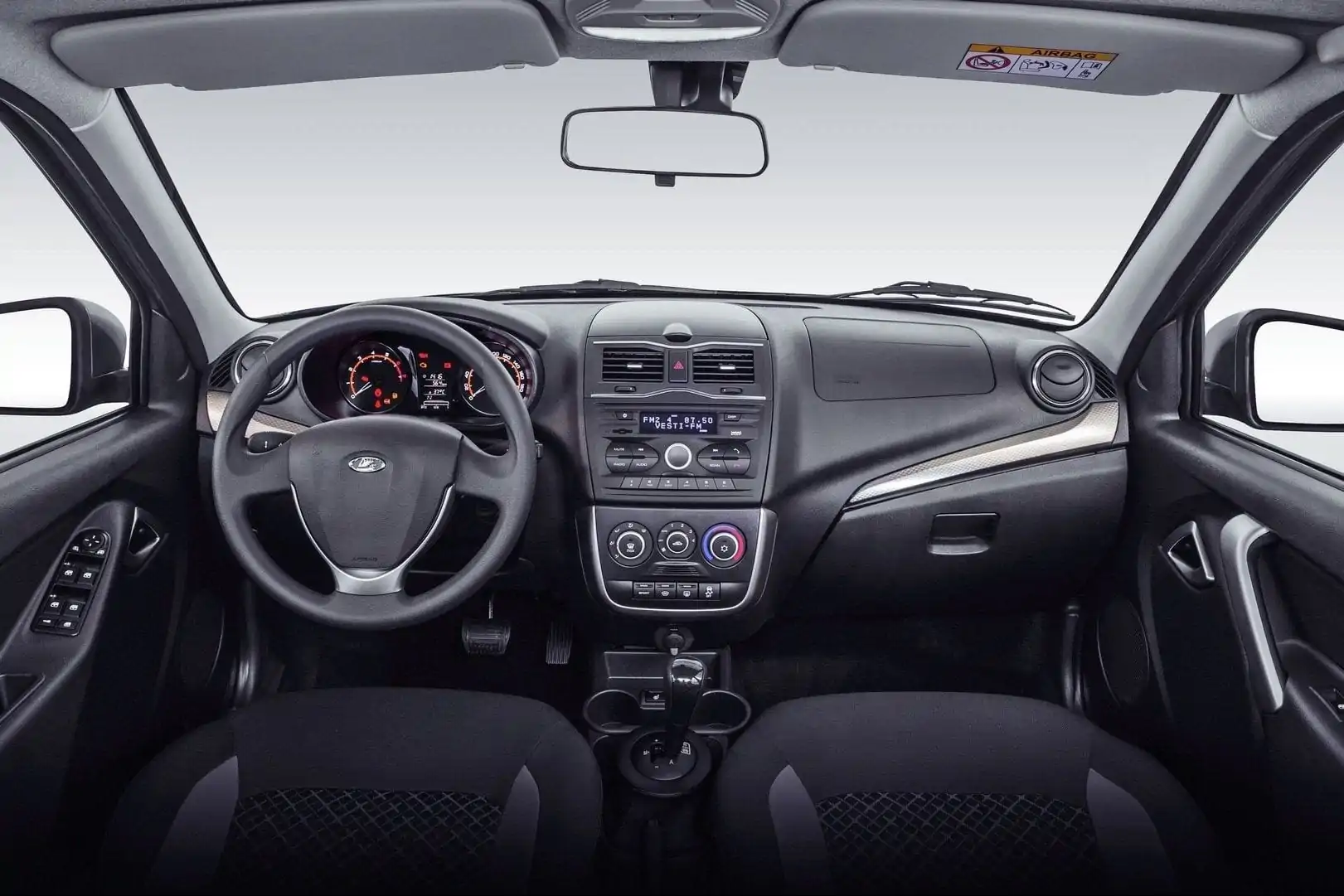
Peugeot e-208 and fast charging: from ~ 100 kW only to 16 percent, then ~ 76-78 kW and gradually decreases
Content
A recording of the Peugeot e-208 loading at the Ionity station is available on YouTube. It's interesting because the same battery and drive are found across the PSA Group's entire line of vehicles, including the Opel Corsa-e, Peugeot e-2008 and DS 3 Crossback E-Tense - so it's worth taking a look at what we can expect. on my way.
Peugeot e-208 and Ionity - fast charging a small electrician
Table of contents
- Peugeot e-208 and Ionity - fast charging a small electrician
- Charger Peugeot e-208
- Charge curve optimized between 0-70 percent
Let's start with a caveat: a car connected to an ultra-fast Ionity charging station is a device capable of developing a power of 100 ... 150 ... 250 ... or even 350 kW. Poland already has at least a dozen chargers over the standard 50 kW, but these are not very common stations.
There is no Ionita charging station in Poland yet, and the first super-fast station with a capacity of 350 kW will be built at the MNP Malankovo.
Most of the chargers available in Poland charge the Peugeot e-208 - and the models mentioned above - at a normal rate, i.e. bursts of up to 50 kW (voltage 400 V, current: 125 A) or fifty kilowatts.
Charger Peugeot e-208
At an outside temperature of 10 degrees Celsius, the Peugeot e-208 is charged in three stages:
- up to 16 percent (~ 4:22 minutes) withstands about 100 kW, for exactly 100 kW a station serving more than 400 volts and 250 amperes is required:

- up to 46 percent holds about 76-78 kW,
- up to 69 percent holds about 52-54 kW,

- up to 83 percent, it keeps about 27 kW, and then drops to 11 kW or less.
After 25 minutes of inactivity, it manages to make up for 30 kWh, which should mean about +170 km of range. 30 minutes of inactivity is a 70 percent battery, with the original caveat of charging station speed, of course. How will this affect additional bands at different time intervals?
> Is the real power reserve of the Peugeot e-2008 only 240 kilometers?
Charge curve optimized between 0-70 percent
Well, if we assume that the car consumes 17,4 kWh/100 km - this value is the result of our preliminary calculations based on the manufacturer's data - then:
- We get 6,8 kWh in 4:22 minutes, i.e. during this time, the range was replenished at a speed of +537 km / h and we have +39 km relative to the distance from which we arrived at the station,
- We get 21,8 kWh in 15:48 minutes, i.e. during this time we reached the range at a speed of +476 km / h and have +125 km,
- We get 32,9 kWh in 28:10 minutes, i.e. in this range we have gained a speed of +358 km / h and have +189 km.
Peugeot e-208 load curve so it looks like it has been optimized to range from 0-10 percent to nearly 70 percent. This is worth remembering when we are moving along the track. Only then will the distances described above need to be multiplied by 3/4, i.e. instead of 125 kilometers we will count 94 after less than 16 minutes of parking, instead of 189 - 142 kilometers after about 28 minutes of parking.
> The price of the Peugeot e-208 with a surcharge is PLN 87. What do we get in this cheapest version? [WE WILL CHECK]
Entire entry:
This may interest you:

